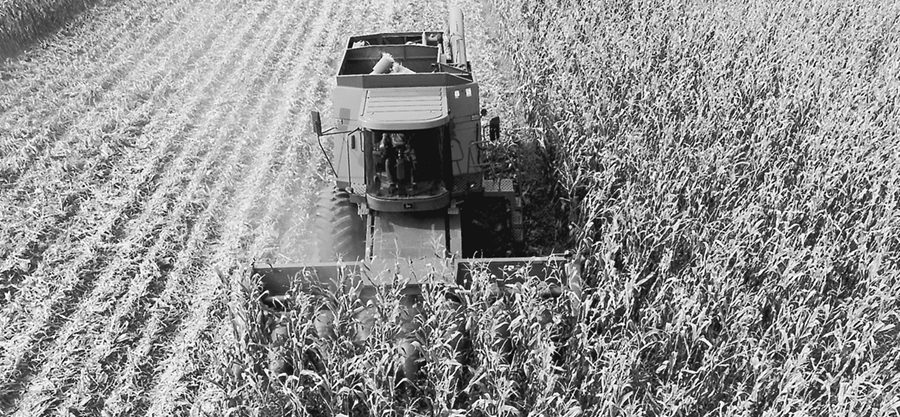No-Till Farmer
Get full access NOW to the most comprehensive, powerful and easy-to-use online resource for no-tillage practices. Just one good idea will pay for your subscription hundreds of times over.

This time it looks like the mass production of ethanol is really going to happen, and many farmers — especially no-tillers — could prosper because the fuel can now be made from corn residue.
Production of ethanol, the gasoline additive currently produced from corn and other grains, now towers on the horizon on a scale talked about for decades, according to Jim Hettenhaus, a chemical engineer based in Charlotte, N.C., who is highly involved with ethanol issues as a consultant to the U.S. Department of Energy and industrial developers.
The recent development of enzymes that break down entire corn plants, not just the grain, unlocks high-volume ethanol production by making the process economically feasible, Hettenhaus says. The upshot for farmers will be ethanol producers looking to buy corn residue, with no-tillers as the likely suppliers, he adds. He expects full commercialization of corn residue between 2007 and 2010, with groundbreaking on new processing plants seen as early as 2004.
“We’re now using about 10 percent of the corn crop to produce about 2.7 billion gallons of ethanol. That’s about 2 percent of the market,” Hettenhaus says. Farmers are paid about $2.3 billion annually for the approximately 1 billion bushels of corn sold for ethanol.
The expected surge in production could result in ethanol capturing 20 percent of the gasoline market, 10 times its current market share, according to Hettenhaus. If the ethanol fuel market grows, mass production would put approximately $9 billion in the hands of…